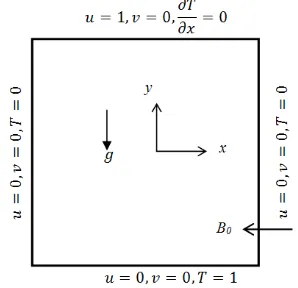Effect of Internal Heat Generation or Absorption on MHD Mixed Convection Flow in a Lid Driven Cavity
Full text
Figure




Related documents
erythropolis transformed with expres- sion vector pNit-QC1- apa , one band of 47 kDa was observed in rRhoApa purified from SE and CS (Fig. 1 a, lines 2 and 4), a double band
The paper aims to explore the proliferation and activation mechanism of psoriasis, psoriasis caused by certain drugs and different plant resources known to have
Finally, with regard to the usage of cost objectives from services of activity centers, the cost price of medical services will be calculated by the enhanced
present the miss classification rate of the skin pixels of the sample image using various learning algorithms used in the classification model. Methodology
In the SEP91 futures contract, the average short arbitrage signal is 0.48 percent for total time to maturity and only 0.08 percent for the period of time when it is nearest
The ONE assessment you choose to analyze should align with the central focus and one or more of the stated learning objectives of your learning segment; and should provide students
Of 180 infants born to hepatitis B surface antigen (HB,Ag)- positive mothers, equal numbers received National Insti- tute of Allergy and Infectious Disease (NIAID) vaccine,
Fairness of wireless channel access in terms of utilisation and throughput is studied for IEEE 802.11g by using the process algebra PEPA.. Three models are presented to describe

